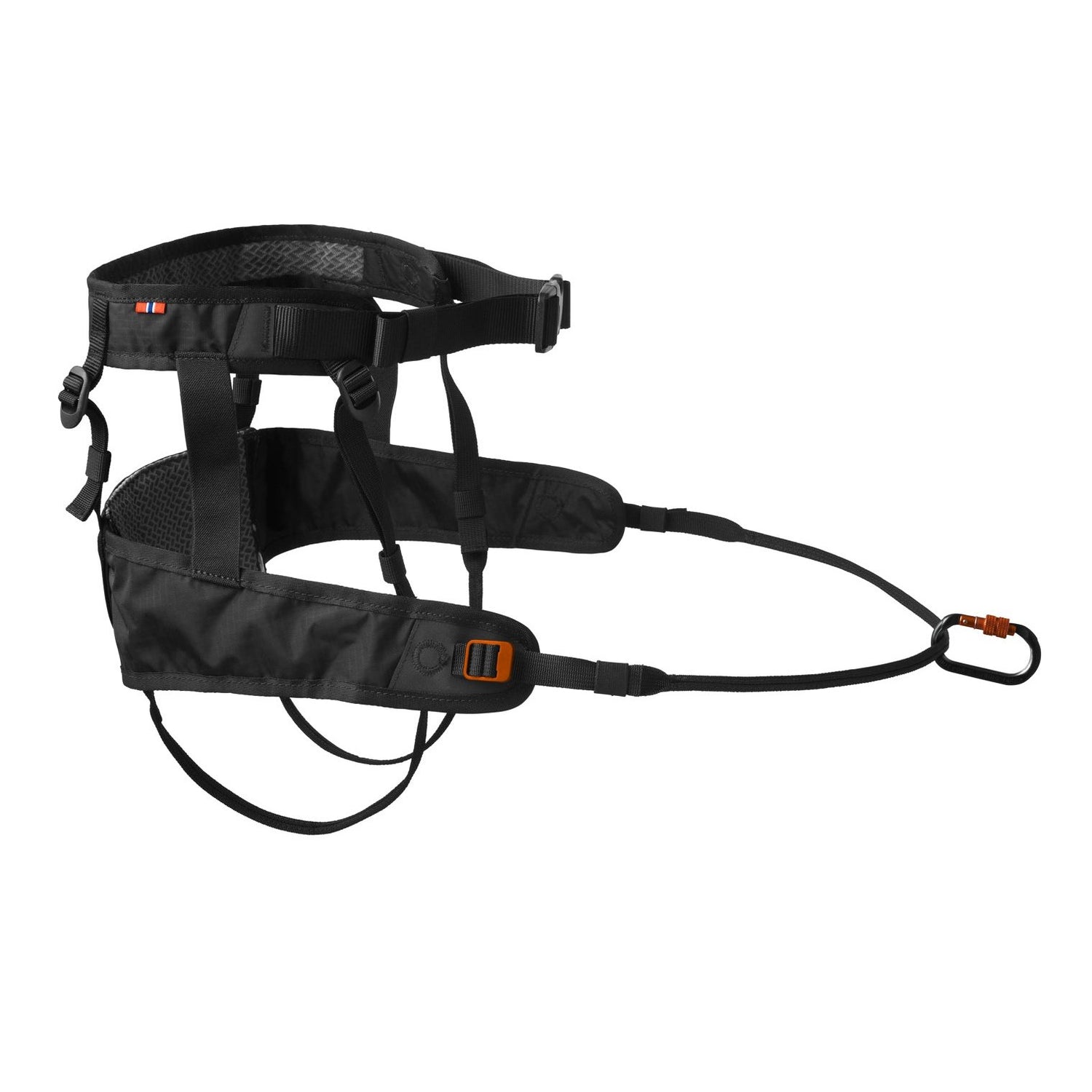Protective glasses for dogs are more than just cool – dogs' eyes need protection just like humans' do
Dog protective glasses/sunglasses are a new experience for many: some fall in love with their cool look, while others might think that dogs have never needed protective glasses before. Rex Specs dog protective glasses have, however, been developed for real needs.
A few years ago, Americans Jesse and Aiden received a diagnosis from their veterinarian for both of their dogs: due to eye problems worsened by sunlight, the options were either to reduce time spent outdoors or to start using sunglasses for the dogs. One of the dogs was diagnosed with pannus, a chronic superficial corneal inflammation triggered by UV radiation, and the other dog’s light eye areas repeatedly got sunburned. Since there were no well-fitting and sufficiently protective glasses on the market at the time, they decided to create protective glasses specifically suited for dogs' needs. Glasses that do not restrict the dog's field of vision and stay on even during more active movement. This is how Rex Specs protective glasses were born, benefiting thousands of dogs around the world.
Rex Specs dog sunglasses provide protection in many situations
Besides blocking harmful UV radiation, protective glasses have many other functions. They protect the eyes from snow blindness, wind, dust, sand, mosquitoes, as well as sharp twigs and grass.

Rex Specs dog goggles are especially beneficial for example to:
- working dogs (army, police, etc.)
- dogs that ride on ATVs, convertibles, motorcycles, snowmobiles, or boats
- dogs that spend time boating and near water
- dogs moving in mountains and fells, especially in snowy conditions
- hunting dogs and other dogs that often move through brushwood/reeds/grass
- dogs suffering from eye diseases (e.g., pannus / chronic keratitis, iris degeneration)
- dogs recovering from eye injuries
- dogs whose eyes are more susceptible to external irritants and injuries due to skull shape.
In the end, protective glasses can prove necessary for many dogs that spend a lot of time outdoors. An eye injury can happen in the blink of an eye, for example, when a sharp blade of grass pokes the eye, or it can develop insidiously over a longer period.
The treachery of spring snow

The need to protect a dog's eyes is emphasized on bright spring snow because white snow increases the reflection of harmful UV radiation into the eyes. The risk includes corneal inflammation, also known as snow blindness.
"Recently, we spent a sunny Easter holiday skiing and hiking with our dog in the mountains of Norway. The white slopes rising from the Arctic Ocean glowed in the spring sun, and the dog enjoyed the activity at least as much as we did. However, that glow wasn't only positive. We had thought about getting protective glasses for the dog before the trip, but for some reason, we didn't do it. Maybe they seemed a bit excessive at the time. In hindsight, we've realized that glasses would have been a wise choice—and they will definitely be used on similar trips in the future. Our dog hasn't been diagnosed with any eye disease, but we notice that after spending time on those white spring slopes, its eyes have become more sensitive to bright light. UV radiation reflects strongly off snow (or water), and operating without sunglasses in the toughest conditions is practically impossible. Protecting the dog's eyes in such conditions now feels completely obvious, both to prevent eye injuries and to ensure the dog's normal vision and movement."
For your dog and many healthy adventures together, be wise rather than regretful and protect your dog's eyes!


